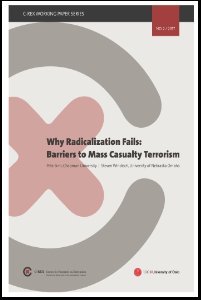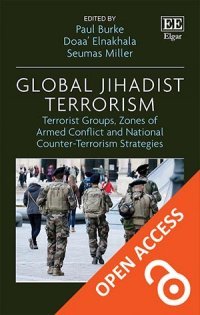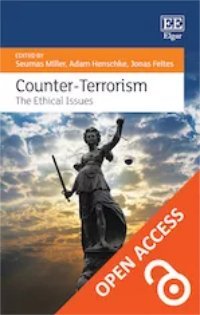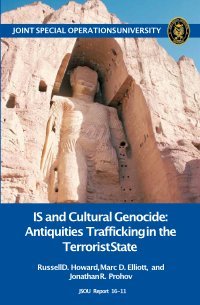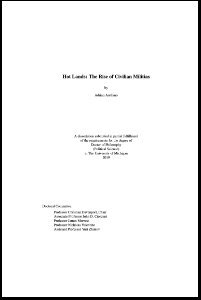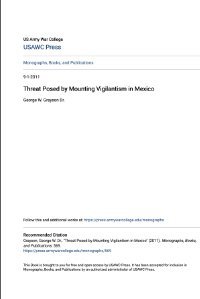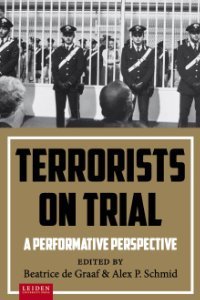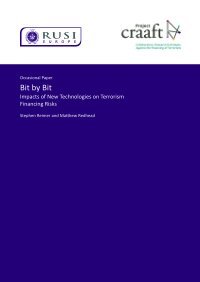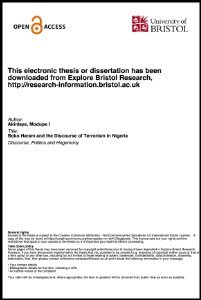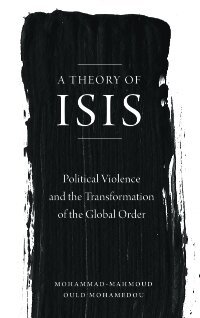By Pete Simi and Steven Windisch
In 1969 Travis Hirschi published Causes of Delinquency which assessed the status of existing criminological theory and outlined his own version of social bond theory. Hirschi argued, among other things, that criminological theory should focus more on asking “why don’t we do it” rather than the more common question “why do they do it?”(Hirschi, 1969) In this respect, Hirschi advocated for a focus on the constraints or barriers that prevent or reduce the likelihood of crime. The importance of this twist in thinking is the emphasis on the elements of the social fabric, which compel conformity rather than deviation by limiting certain types of human behavior. Following Hirschi, we examine violent radicalization where the expected end point is committing an act of mass casualty terrorism (MCT). For purposes of the current study, MCT can be distinguished from more common types of interpersonal violence along two dimensions (Rutherford et.al., 2007, Tilly 2003). First, as compared to interpersonal violence, which is characterized by close physical proximity between the perpetrator and victim (s), MCT typically involves a greater physical distance between the aggressor and the target (Black, 1996, Senechal de la Roche 1996). Second, MCT typically involves the potential for a large number of fatalities whereas interpersonal violence is much more likely to result in fewer victims (Arnold et.al., 2002, Quillen 2002). Bombings and shooting rampages are common examples of MCT while interpersonal violence includes acts such as fistfights, attacks involving blunt objects (e.g. bats) and stabbings.
Oslo: Center for Research on Extremism, The Extreme Right, Hate Crime and Political Violence, University of Oslo, 2017. 28p.


